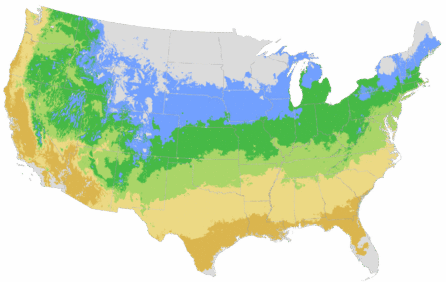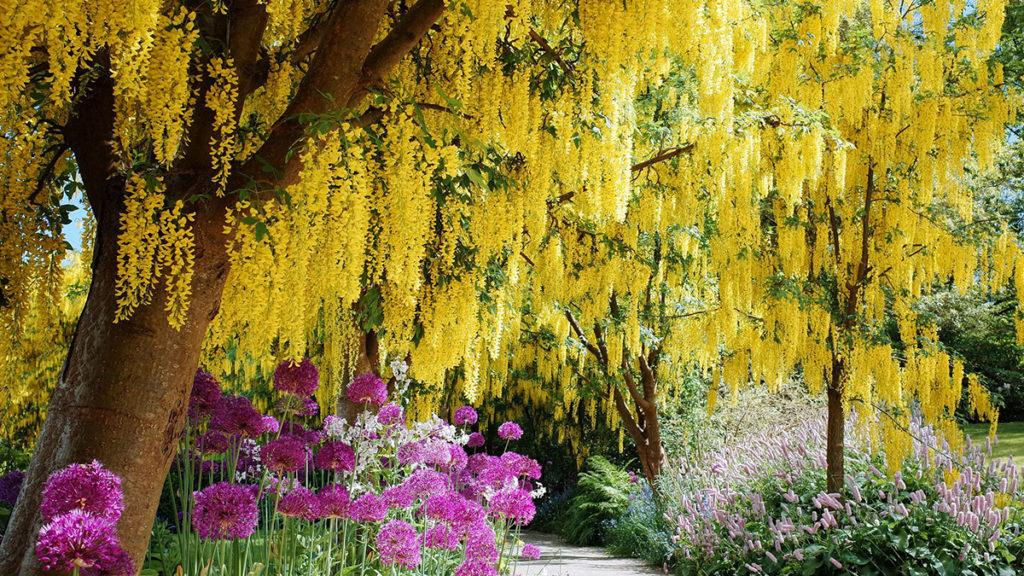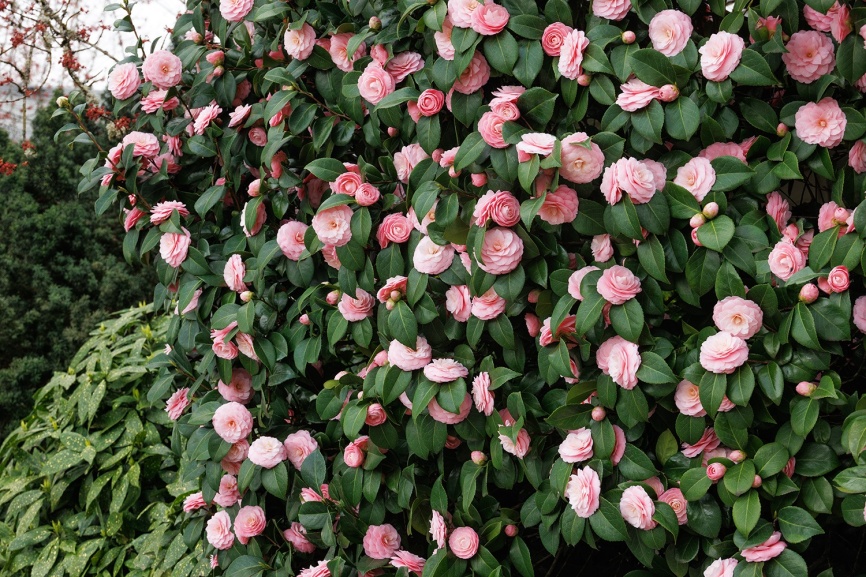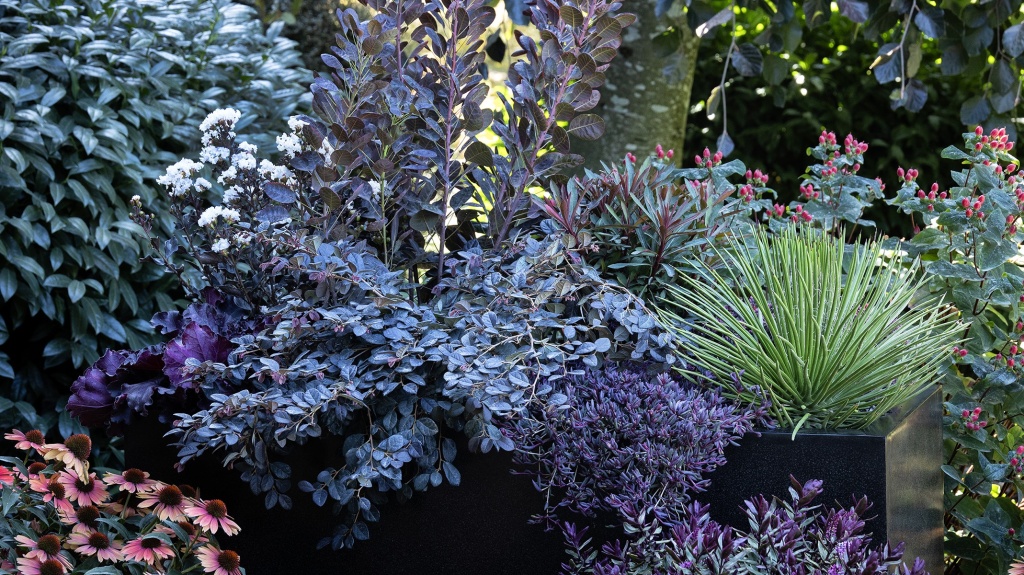You're growing in this Zip Code:
Change LocationDiscover Plants for Your Area
Mexican Redbud
Cercis canadensis var. mexicana
Retailers Near You
| Description | Great small space tree especially adapted for the conditions of the desert southwest. Brilliant rose-violet blooms appear in spring just before the foliage emerges. Glossy, blue-green leaves have pronounced wavy edges. Exceptionally showy autumn foliage is glistened with gold, resembling that of a quaking aspen in late fall. Deciduous. |
|---|---|
| Bloom Time | Early spring |
| Deciduous/Evergreen | Deciduous |
| Special Features | Attracts Butterflies, Easy Care, Fall Color, Waterwise, North American Native, Attracts Pollinators, Benefits Birds |
| Growth Rate | Moderate |
| Growth Habit | Rounded |
| Flower Attributes | Showy Flowers |
| Design Ideas | Small western redbud species are among the best small trees for residential yards in drought plagued regions. Add to foundation plantings in front and back yard. Use as accents at outdoor living areas in conjunction with western natives. Blend into sweeping dryland landscapes for seasonal change. Plant near natural pools, rock waterfalls and fountains for a remarkably refreshing effect. |
| Flower Color | Purple |
| Foliage Color | Blue-green |
| Foliage Fall Color | Yellow |
| Companion Plants | Autumn Sage (Savlia greggii); Penstemon (Penstemon); Russian Sage (Perovskia); Spanish Lavender (Lavandula stoechas) |
| Care Instructions | Prefers well-drained, light soil but fairly adaptable. Provide winter protection in zone 5; hardy to -5 °F. Best with light shade in hot southwestern deserts. Water deeply, regularly during the first growing season to establish an extensive root system; reduce frequency, once established. Apply fertilizer in early spring. |
| History | This native species is distributed in dry washes throughout the Chihuahuan desert of southernTexas and northern Mexico, near washes. It was classified by George Engelman, 1809-1844, a physician in St. Louis botanist who has made great contributions to American botany. This and all redbuds are members of the legume family and are known to fix nitrogen in very poor soils. |
| Lore | This plant is named "redbud" because its inner bark bears this coloring and was therefore highly valued by Native American basket makers as a source of natural pattern contrast without the need to dye the fibers. |
| Description | Great small space tree especially adapted for the conditions of the desert southwest. Brilliant rose-violet blooms appear in spring just before the foliage emerges. Glossy, blue-green leaves have pronounced wavy edges. Exceptionally showy autumn foliage is glistened with gold, resembling that of a quaking aspen in late fall. Deciduous. |
|---|---|
| Bloom Time | Early spring |
| Deciduous/Evergreen | Deciduous |
| Special Features | Attracts Butterflies, Easy Care, Fall Color, Waterwise, North American Native, Attracts Pollinators, Benefits Birds |
| Growth Rate | Moderate |
| Growth Habit | Rounded |
| Flower Attributes | Showy Flowers |
| Design Ideas | Small western redbud species are among the best small trees for residential yards in drought plagued regions. Add to foundation plantings in front and back yard. Use as accents at outdoor living areas in conjunction with western natives. Blend into sweeping dryland landscapes for seasonal change. Plant near natural pools, rock waterfalls and fountains for a remarkably refreshing effect. |
|---|---|
| Flower Color | Purple |
| Foliage Color | Blue-green |
| Foliage Fall Color | Yellow |
| Companion Plants | Autumn Sage (Savlia greggii); Penstemon (Penstemon); Russian Sage (Perovskia); Spanish Lavender (Lavandula stoechas) |
| Care Instructions | Prefers well-drained, light soil but fairly adaptable. Provide winter protection in zone 5; hardy to -5 °F. Best with light shade in hot southwestern deserts. Water deeply, regularly during the first growing season to establish an extensive root system; reduce frequency, once established. Apply fertilizer in early spring. |
|---|
| History | This native species is distributed in dry washes throughout the Chihuahuan desert of southernTexas and northern Mexico, near washes. It was classified by George Engelman, 1809-1844, a physician in St. Louis botanist who has made great contributions to American botany. This and all redbuds are members of the legume family and are known to fix nitrogen in very poor soils. |
|---|---|
| Lore | This plant is named "redbud" because its inner bark bears this coloring and was therefore highly valued by Native American basket makers as a source of natural pattern contrast without the need to dye the fibers. |
Retailers Near You
About Us
We have been pioneers and craftsmen in the art of growing plants for nearly
100 years. Since our founding in Southern California by Harry E. Rosedale, Sr.
in 1926, we have been absolutely dedicated and obsessed with quality.
We have been pioneers and craftsmen in the art of growing plants for nearly 100 years. Since our founding in Southern California by Harry E. Rosedale, Sr. in 1926, we have been absolutely dedicated and obsessed with quality.








